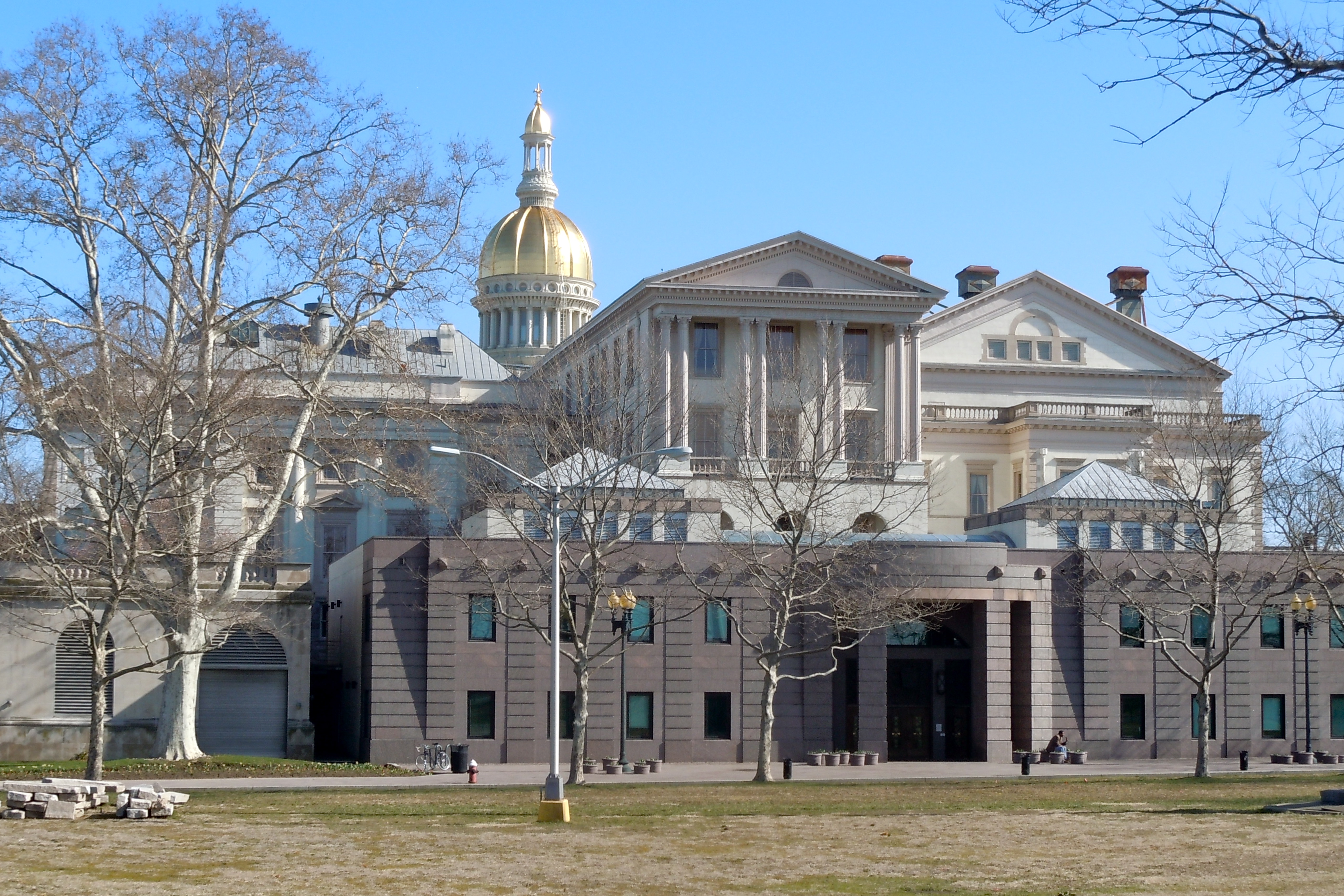The Fifth Amendment of the United States Constitution reads, in part, "No person shall be deprived of life, liberty, or property, without due process of law; nor shall private property be taken for public use, without just compensation."
But for many years, for many of our nation’s citizens, this transcribed right hasn’t always translated into actuality.
“There have been many laws that have passed to give people the right to do things, to have life, liberty and the pursuit of happiness but the will to implement these laws is lost,” said Rev. Eric Dobson, outreach specialist for the Fair Share Housing Center and Co-Founder of Open Communities LLC, a racial integration consultant firm that works to resolve simple and complex conflicts of race, ethnicity and socio- economics. “It is lost, in large part due to politics and issues of race and color in this country, which has always been a problem in this country because the nation was founded on white supremacy.”
This foundation of inequity affects our nation as a whole as well as each and every community within our nation.
“[Cities like Trenton] need leaders who have an understanding of the community and the culture in which they work, leaders who are not enticed by developers or making big promises that are left unfulfilled,” said Sean Brown, community building specialist at the Housing and Community Development Network of New Jersey.
Brown explains that a lot of middle class white people today who live in New Jersey’s suburbs don’t even realize that they’ve lived as beneficiaries of an unjust, broken system.
The city of Trenton, New Jersey has a long history of housing policies and legislation including Model Cities, Urban Renewal, and the Fair Housing Act of 1968. The intentions of these policies and legislation haven’t always developed into a beneficial situation for members of the community.
“There’s not a lot of minority representation so there are not a lot of people whose job it is to make sure that laws, policies and regulations reflect the needs of [the people],” said Brown.
In the 1960’s, Lyndon B. Johnson created the Model Cities program as an experimental element of the War on Poverty. As a result, several cities in New Jersey, including Trenton, Newark and Camden received funding.
The program’s goals included redeveloping and rehabilitating the nation’s poorest urban communities. In the late 1960’s, the Nixon administration changed the direction of the program.
Model Cities faced complications with inadequate funding and opposing agendas. The program also increased racial tension between white elected leaders and black and African American members of the communities.
Ultimately, the Model Cities program ended in 1974.
“It’s gut-wrenching to see what American housing policies have done to people of color," said Dobson.
Urban Renewal was another program that aimed to redevelop cities with “urban decay,” when a previously functioning city, or part of a city, falls into disrepair.
Urban Renewal involved relocating community businesses, demolishing community structures, and displacing community members. The policy also employed eminent domain, when the government or a government agent forces the owner of a private property to sell their property to the agent for public use. The government agency must pay the property owner market value for their property but they do not assist the owner with relocation.
“This is our state’s capitol. There’s something going wrong here that we haven’t developed a middle class neighborhood for people to live in, in Trenton,” said Brown, who described the stark contrast between the beautiful State House undergoing expansion and the drug addicts and alcoholics hanging out on the street just blocks away.
Perhaps this is the result of years of failed housing projects. Perhaps this is what happens when outsiders infiltrate a neighborhood to improve upon it and don’t finish the job or pay attention to the people who occupy the buildings.
Whatever the case may be, the question posed by Keeanga-Yamahtta Taylor, writer and assistant professor of African-American Studies at Princeton University, remains unfulfilled.
“How can we reassert housing as a human right?” Taylor asked the audience at the Race and Housing conference at Princeton University on the 50th anniversary of the Fair Housing Act of 1968.
How can we reassert housing as a human right?
The Fair Housing Act, also know as the Civil Rights Act, was a landmark legislation that aimed to terminate decades of discriminatory housing practices and provide equal housing opportunities for citizens regardless of race, religion, gender or national origin.
Taylor discussed the Fair Housing Act and the parallel between housing segregation and racial segregation. She carefully distinguished the outcome of the Fair Housing Act from advancement in the connection between race and housing. ”Just because something constitutes a turning point does not in and of itself constitute progress,” said Taylor.
The intention of the Fair Housing Act was to combat discrimination in housing. But what ended up happening left people of color with more questions than answers. Fortunately, organizations are working hard to heal communities in despair, protect vulnerable communities, and find solutions to the issues that have developed in response to legislation like the Fair Housing Act.
Today, according to Dobson, there are some progressive cities across the nation who are building homes and giving them to homeless people because they understand that it’s cheaper to give a homeless person a house than to continue to provide them with the services we offer now.
“There are a lot of us, who are involved in community development, who are involved in critical issues that are looking hard for ways be more supportive of integrative and regional efforts to keep integration alive and stop white flight from occurring as high poverty areas depopulate,” said Marty Johnson, founder and CEO of Isles, Inc., an urban sustainable development organization that fosters self-reliance and healthy neighborhoods. People like Brown, Dobson, and Johnson are critical components in answering these questions and continuing to improve housing and, more importantly, people’s living conditions.




